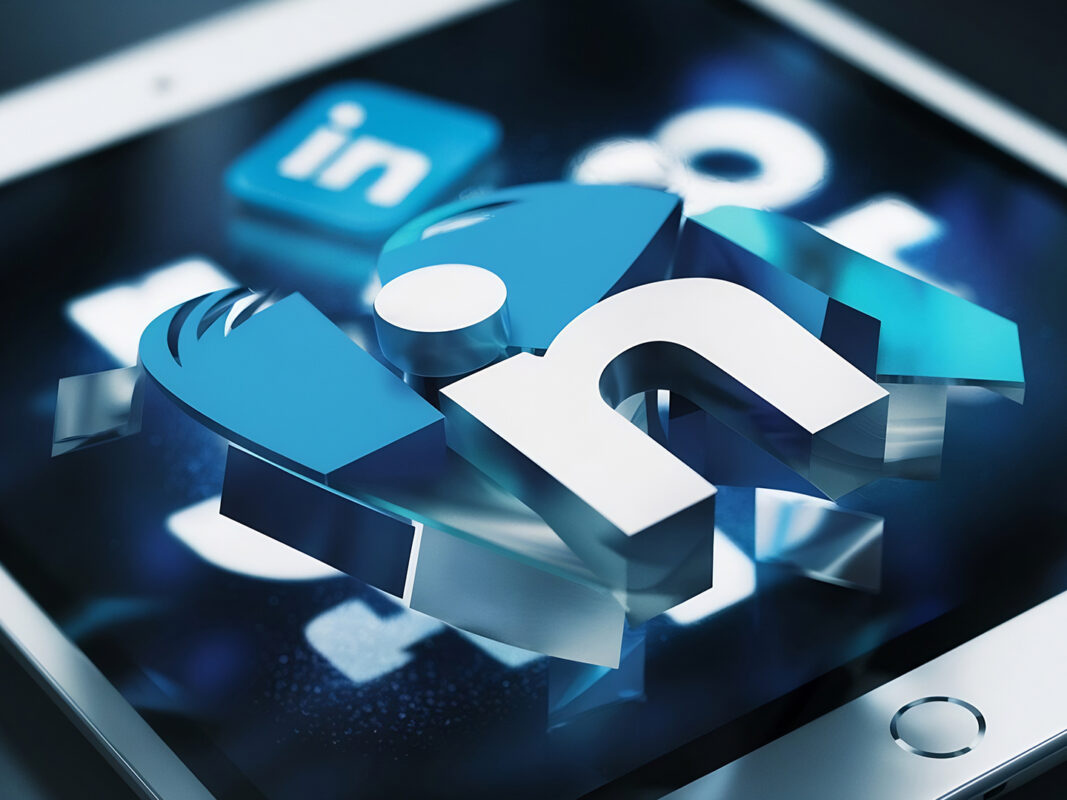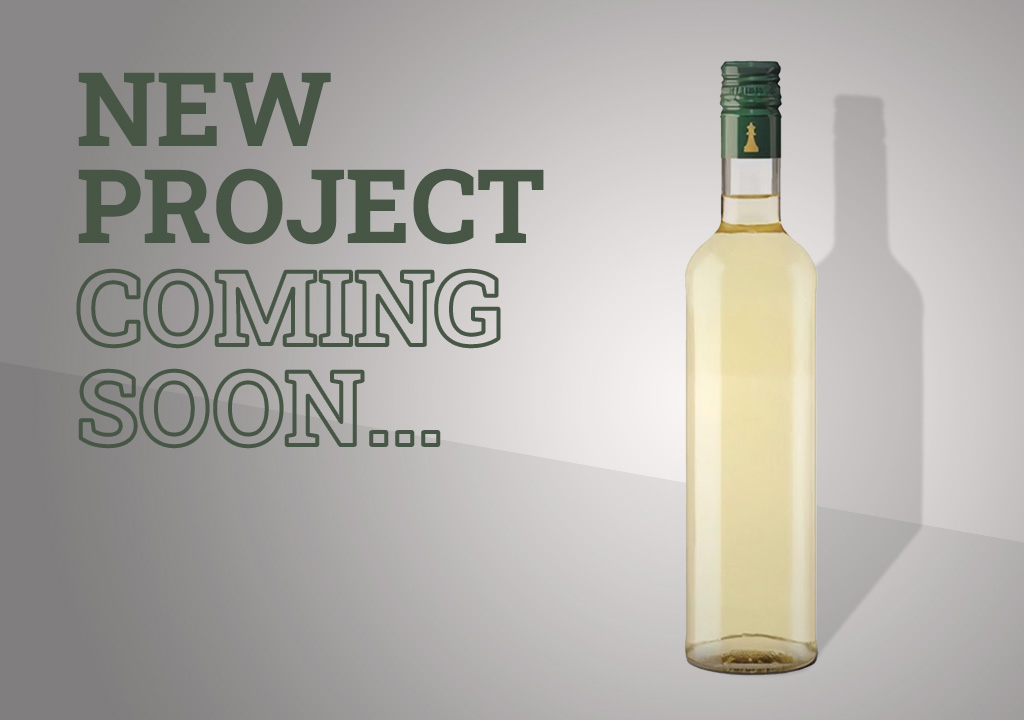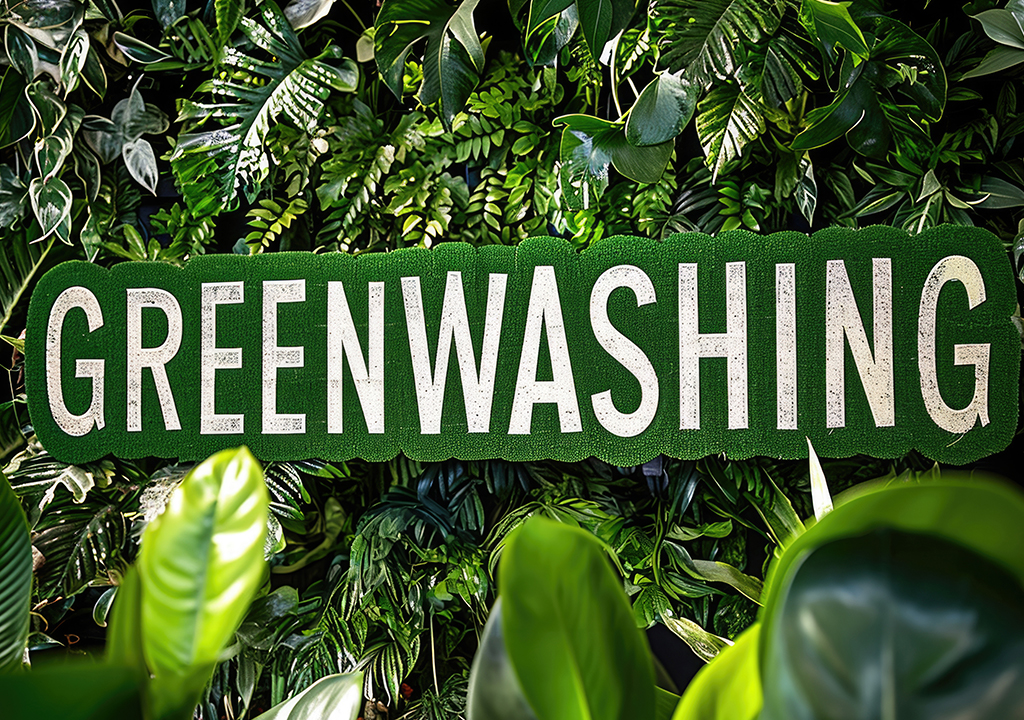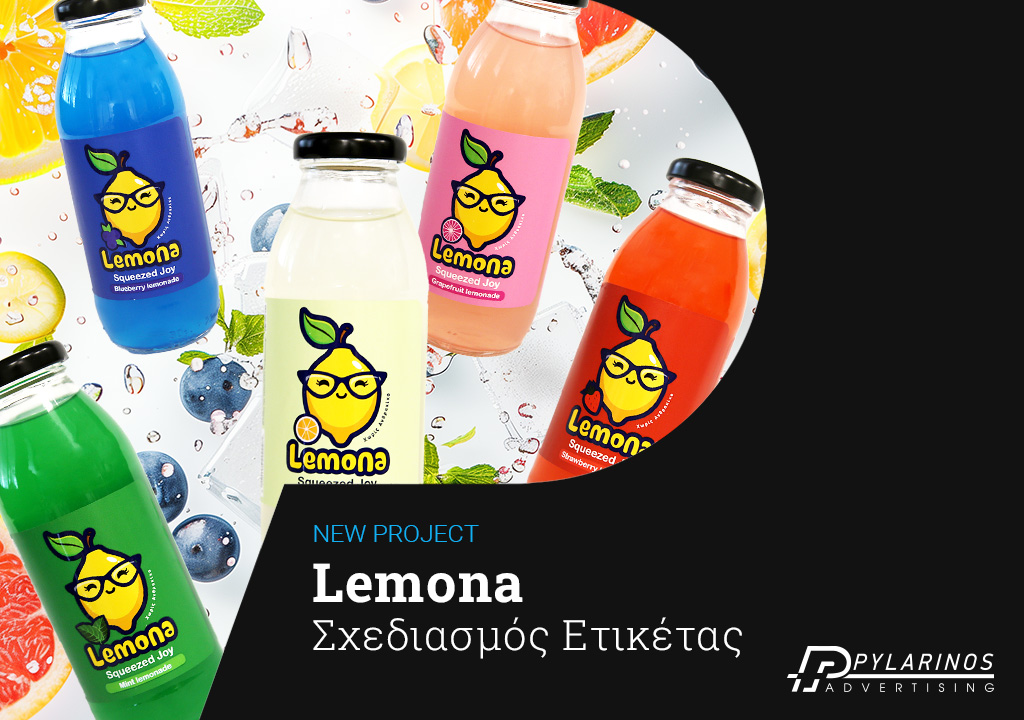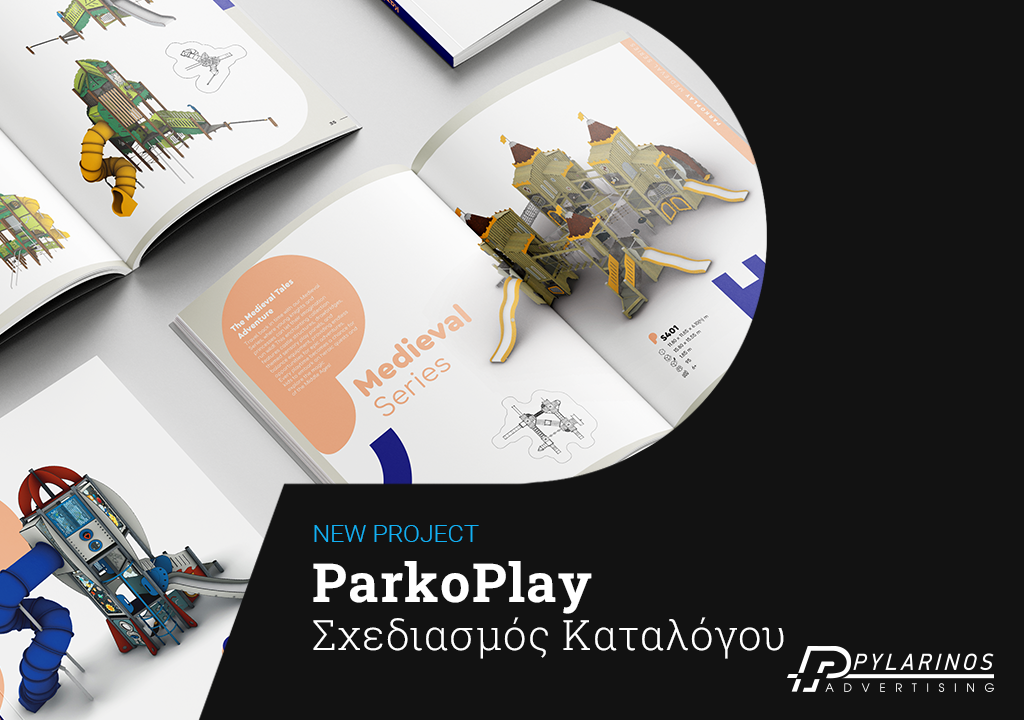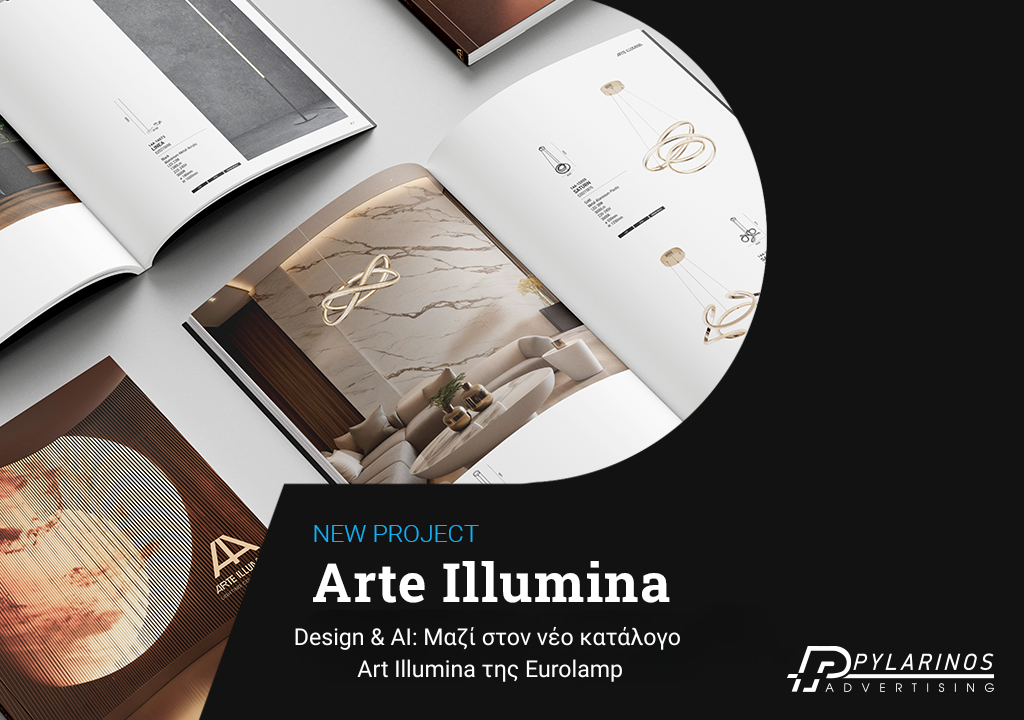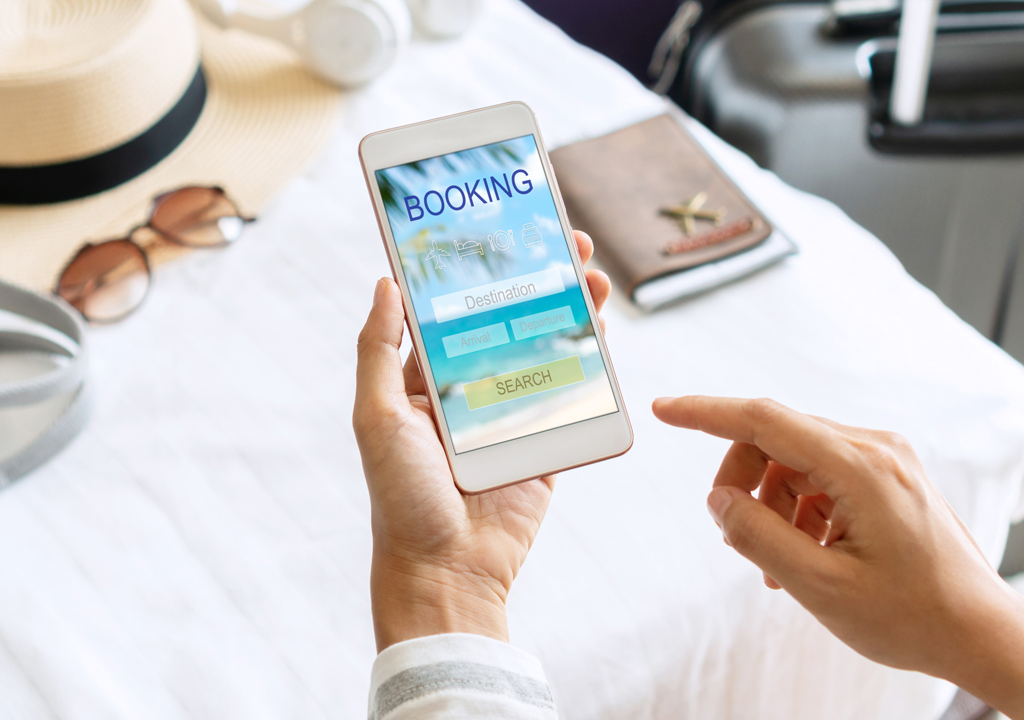Each of us receives dozens of newsletters in our email every day. We’re pretty sure that you open very few of them—if any at all. Nevertheless, newsletters and email marketing in general are among the most effective communication tools you can include in your marketing strategy. To learn more about email marketing and its benefits, you can also read our related article here.
It’s therefore very important to make your newsletter stand out from the flood of newsletters that arrive in a user’s inbox every day. You can achieve this with a few basic actions, which we’ll break down in the article below.
- Make sure it visually aligns with your brand
Consistency across all your communication channels is a key ingredient for success. You want your customer, whether new or existing, to immediately recognize that it’s you speaking to them. To achieve this, you should use your brand’s color palette, logo, and tone of voice consistently across all channels, including your newsletter. - Be brief and concise
A newsletter should act as the mediator between your audience and the action you want them to take. Therefore, the content of the newsletter shouldn’t be overloaded with images and texts that will tire the user. Each user, as you may have noticed with yourself, has a packed schedule and little time to devote to emails that are not directly relevant to their day. So they are unlikely to spend time reading a lengthy newsletter from a brand.
So, build your email with the mindset that you’re trying to communicate a message to a busy person who will most likely check their email on the go from their phone. The key to success is to create some key phrases accompanied by a striking visual.
Pro tip: Make sure your newsletter has plenty of white space so that it looks “cleaner” and easier on the eyes, and so that the call to action—which we’ll talk about next—stands out more clearly.
- Include a call to action
A newsletter wouldn’t be complete without an appropriate call to action. As mentioned earlier, the newsletter acts as a mediator. So you need to consider what you want to achieve by sending it (product purchase, visit to your website blog, entry into a competition, etc.) and create the corresponding call to action. The CTA should stand out in the newsletter design so that it grabs the user’s attention and entices them to click. - Use striking visuals… in moderation
Every good piece of writing needs matching design to support it, capture the user’s attention, and keep them reading. Whether it’s a funny gif or an infographic relevant to the information you’re sharing, it should be part of your newsletter structure. Just be careful not to overdo it and overcrowd the newsletter. One great visual is enough.
Speaking of visuals, let’s highlight the importance of using alt text when including images in your newsletter. Alt text is essentially a description of the image you’re sharing. It’s crucial so that if the image doesn’t load or if the user has vision issues, they can still understand what it’s about. Make sure your alt text is relevant to the image and clearly worded.
- Don’t send only promotional newsletters
A good newsletter strategy should include about 90% informative content and only 10% promotional. You don’t want to overwhelm the user by bombarding them with emails that only include discounts, offers, or product presentations, because the simplest reaction would be to ignore your emails or unsubscribe. The best way to “sell” a product is to add value to it.
For example, if you’re an online shoe store, of course, you’ll send emails about your new collections and discounts. But you should also create content that educates or informs the user. One example would be an article about winter footwear trends that also suggests your related products. Remember, not every email needs to aim for an immediate sale. Use it to build a relationship with the user that goes beyond a one-time purchase.
- Add social media links
It’s very important to give the user easy access to your social media. The most common ones included in newsletters are Facebook, Instagram, LinkedIn, Twitter, and Google+. You can also add an email address so that someone can contact you directly. By offering another communication channel, you increase the likelihood of converting them into a customer. - Include an unsubscribe option
Besides being legally required, it’s important to give users the option to stop receiving your newsletters if they’re not interested in the content. Most email marketing platforms, like Mailchimp, automatically add the unsubscribe option in the footer of the newsletter.
These actions form the core of a newsletter. Let’s also look at some things to watch for in how it appears in a user’s inbox.
- Create clear and attractive subject lines
The subject line is the first thing a user sees, and it determines whether they’ll read your newsletter or ignore it. So make sure the text grabs attention and creates a desire to read more. You can do this in many ways. For example, mention a discount or offer if the newsletter is promotional, or use clever wordplay and phrases that create a sense of urgency or importance. - Personalize your email
It’s proven that emails with a more personal tone have higher open rates. So address the user by their first name if you have it. This already creates a more personal environment that helps build trust. It’s also important that the newsletter is sent from a personal email so that the user feels they’re being addressed by a real person who wants to communicate and help solve a problem or share useful information. Such simple steps can make a big difference in how many users choose to engage with your newsletter.
Extra tip 1: Always test your newsletter’s performance
The only way to consistently improve your results over time is to test everything—from the day and time it’s sent to different styles in subject lines and visuals. A great practice for this is A/B testing. With A/B testing, you essentially test two different versions of content to see which performs better. You can even use it to test different days and times to see which is more effective.
Extra tip 2: Optimize your newsletter for mobile
Most users check their email on their phones. So it’s essential to make sure your newsletter adjusts to different mobile devices and doesn’t appear “cluttered,” which would drive users away.
These are some basic steps you can take to create a newsletter that stands out in the user’s inbox. Of course, email marketing—and especially creating the perfect newsletter—is both an art and a science that requires time and effort to get right.
Our team at Pylarinos Advertising can help you perfect your approach and increase the number of users you reach via email. Contact us here to get started together.


